
Working at Heights – Guardrails Explain dangers Falls are the number one cause of critical injuries and deaths of Ontario workers on construction sites. All workers must be protected from […]
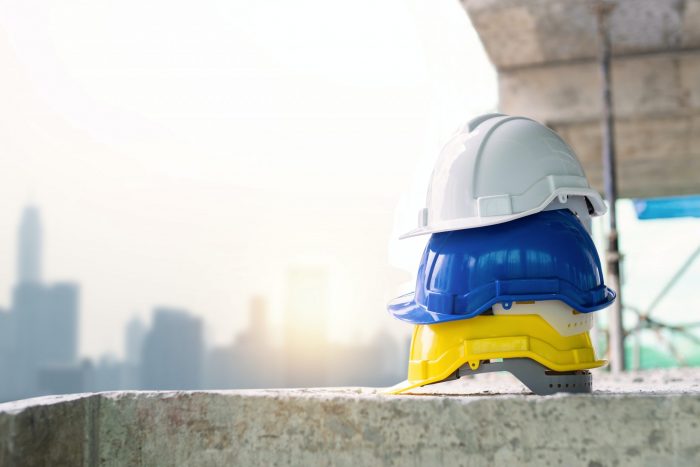
Personal Protective Equipment – Head protection A 70-lb metal beam fell from the seventh storey of a condominium development and struck a worker on the head, face, and torso. The […]

Personal Protective Equipment – Hand Protection Explain dangers The best tools we have are our hands. We need to protect them on the job. Manual work exposes our hands to […]
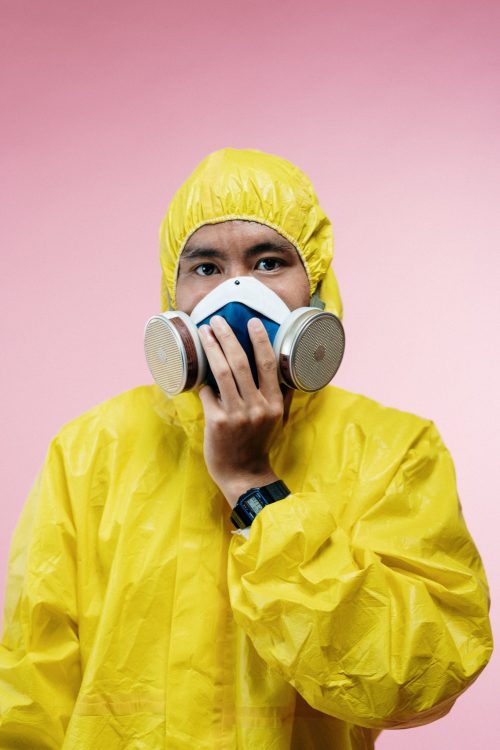
Personal Protective Equipment – Respirators Maintenance Explain dangers To provide protection, respirators must be properly maintained. Dirty, missing, or damaged parts can prevent your respirator from working properly. For instance, […]
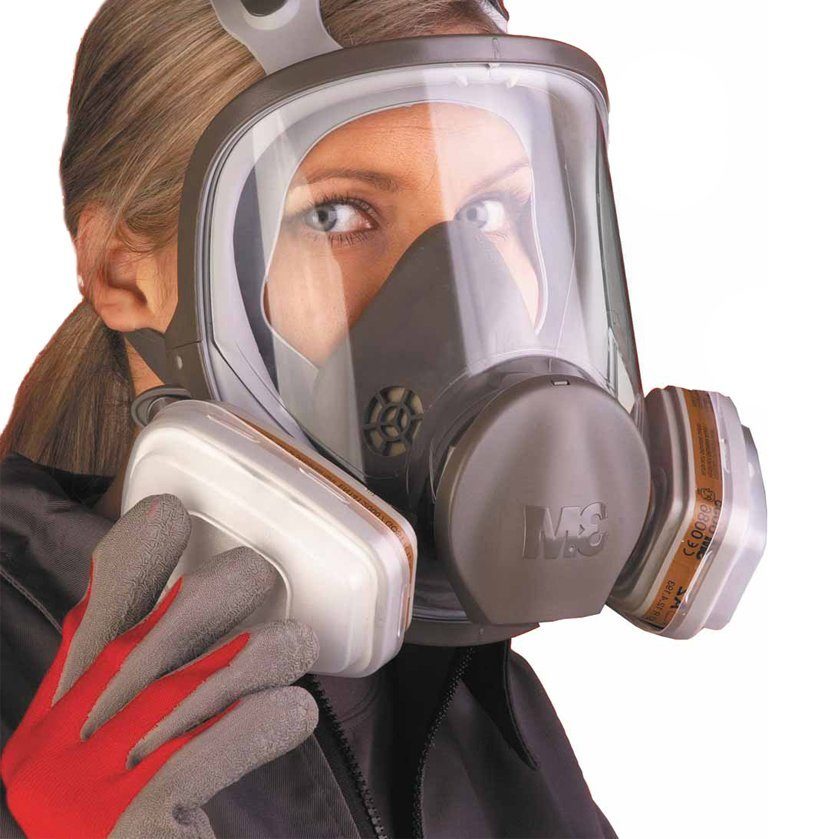
Personal Protective Equipment – Respirators – Fit Explain dangers With respirators, one size doesn’t fit all. Even with three different sizes of facepieces, for instance, no one size from one […]
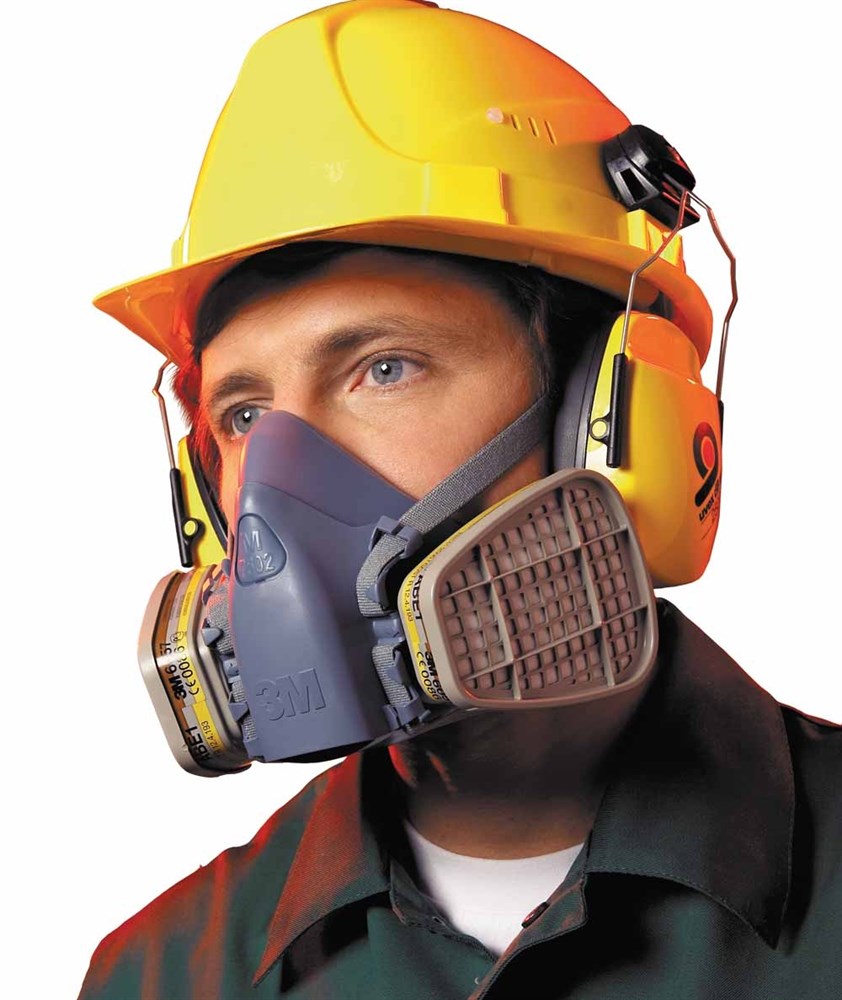
Personal Protective Equipment – Respirators – Types Explain dangers Construction can involve airborne hazards—for instance, mist from spray-painting, fumes from welding, vapours from adhesives, and dust from concrete cutting. Airborne […]
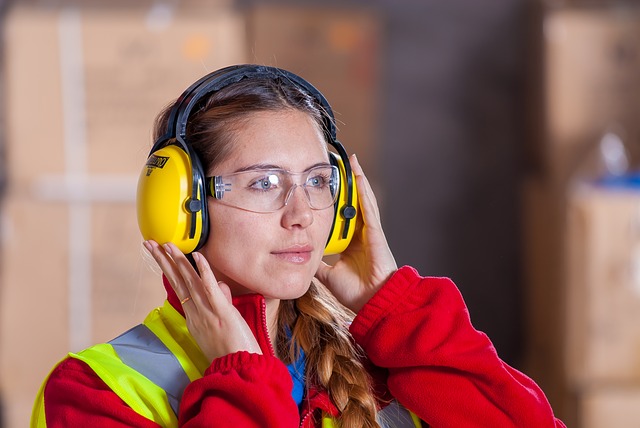
Personal Protective Equipment – Hearing Protection Explain dangers Many workers are overexposed to noise. In time, overexposure can damage your hearing. Hearing loss prevents you from hearing other hazards on […]
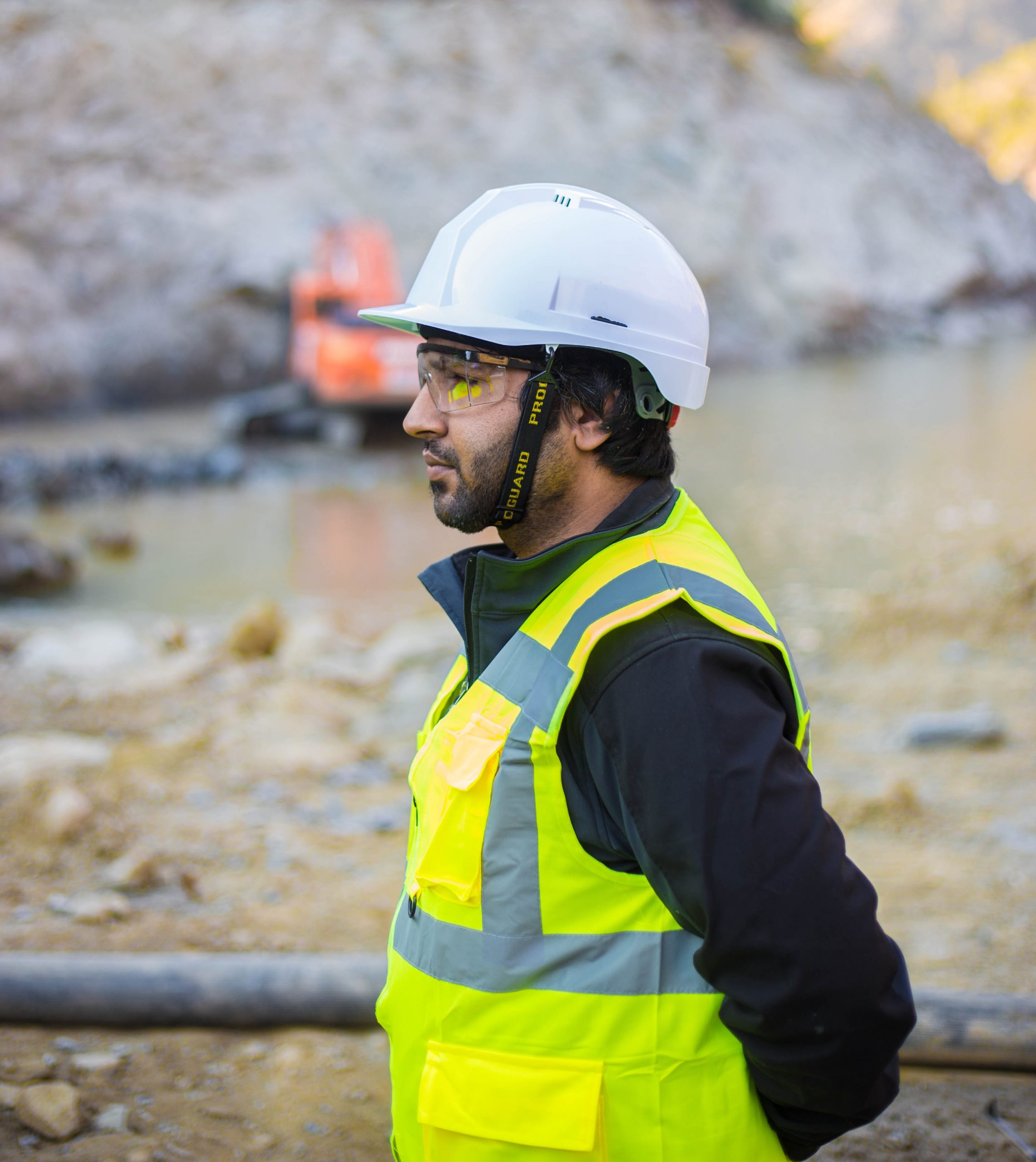
Personal Protective Equipment – Eye Protection Explain dangers We do so many jobs without protecting our eyes. Just think of the eye hazards in our work: Flying dust and grit […]
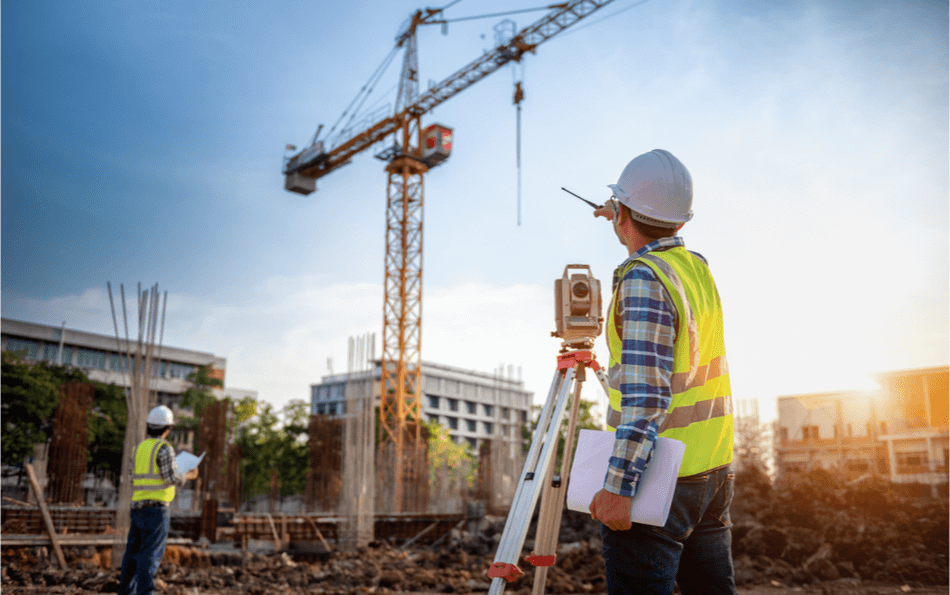
Aerial Work Platforms: Master Safe Operating Procedures

PPE Requirements Upon review of leading and lagging indicators, the Toronto District has identified “PPE Requirements” as the trend for March 2020. So. We have all started adjusting to the […]
